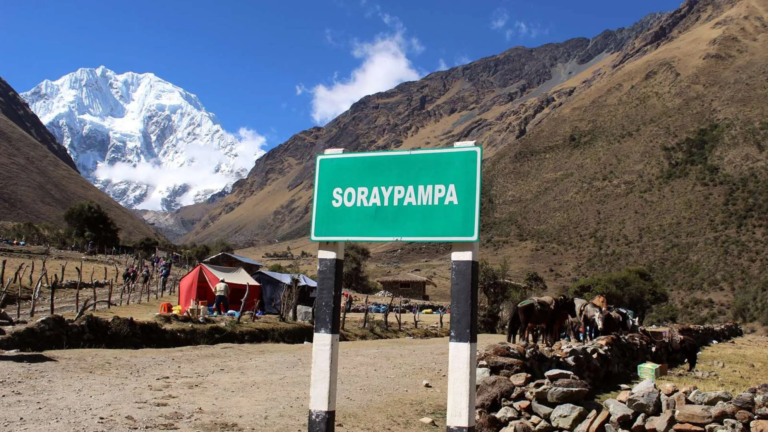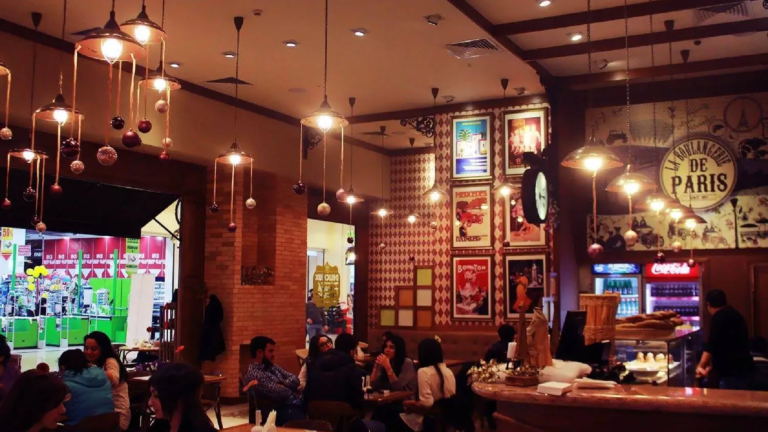Oropesa Bread: A Living Tradition of Cusco’s South Valley
Oropesa Bread is one of the most genuine expressions of the South Valley’s culinary culture. Known nationwide for its unique flavor, soft texture, and traditional preparation, this bread is a cornerstone of Peru’s cultural and gastronomic identity.
Oropesa, often referred to as the “National Capital of Bread,” is a town of bakers. Every corner of this Cusco village carries the scent of wood-fired ovens and ancestral knowledge passed down from generation to generation. This complete guide invites you to learn about its history, traditions, variations, and the unforgettable experience of tasting authentic pan chuta at its origin.
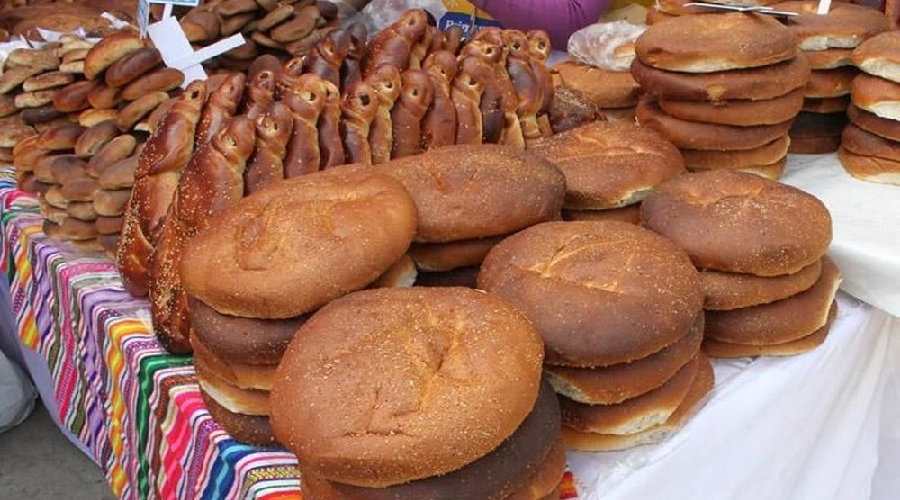
History of Oropesa Bread
The baking tradition in Oropesa began during the colonial era when the Spanish introduced wheat and clay ovens. Over time, local families crafted their own recipes. The result was a large, soft, sweet bread flavored with anise that became the pride of the town.
Today, more than 40 bakeries operate in Oropesa, many of which have been passed down for generations. Breadmaking is a communal activity involving entire families, forming both a livelihood and cultural heritage.
Artisanal Baking Process
The secret of Oropesa Bread lies in its handcrafted preparation. The process starts with simple but high-quality ingredients: wheat flour, water, sugar, salt, lard, anise, and yeast.
- Manual kneading: Dough is carefully kneaded to achieve a soft, fluffy texture.
- Natural fermentation: Dough is allowed to rise for several hours to gain volume.
- Symbolic markings: Each bread is marked with a cut or symbol unique to the bakery or family.
- Wood-fired baking: Bread is baked in clay ovens using eucalyptus wood, creating a unique aroma and flavor.
Types of Oropesa Bread
Besides the famous pan chuta, Oropesa offers several other traditional breads:
- Traditional Pan Chuta: Large, soft, sweet, and flavored with anise.
- Mini Chutas: A smaller version perfect for tasting or as a souvenir.
- Braided Bread: Typically made for weddings or local celebrations.
- Pan Wawa: Baby-shaped bread used during All Saints’ Day offerings.
- Raisin and Walnut Bread: A festive variety enriched with extra ingredients.
Cultural and Culinary Importance
Oropesa Bread holds deep symbolic value in addition to its culinary appeal. It’s a key part of religious festivals and traditional gatherings in Cusco.
Every October, Oropesa celebrates the Bread Festival, a colorful event where bakers compete in taste, design, and creativity. The festival draws visitors from all over, offering a unique look into living Andean traditions.
Experience in Oropesa
Visiting Oropesa is an unforgettable journey. The moment you arrive, the scent of freshly baked bread fills the air. Local bakeries open their doors with pride to showcase their traditional ovens and share their techniques.
- Guided tours: Watch the complete preparation of traditional bread.
- Tastings: Try different varieties straight from the oven.
- Photography and culture: Discover and capture every detail of this living tradition.
- Takeaway shopping: Bring home authentic pan chuta as a delicious memory.
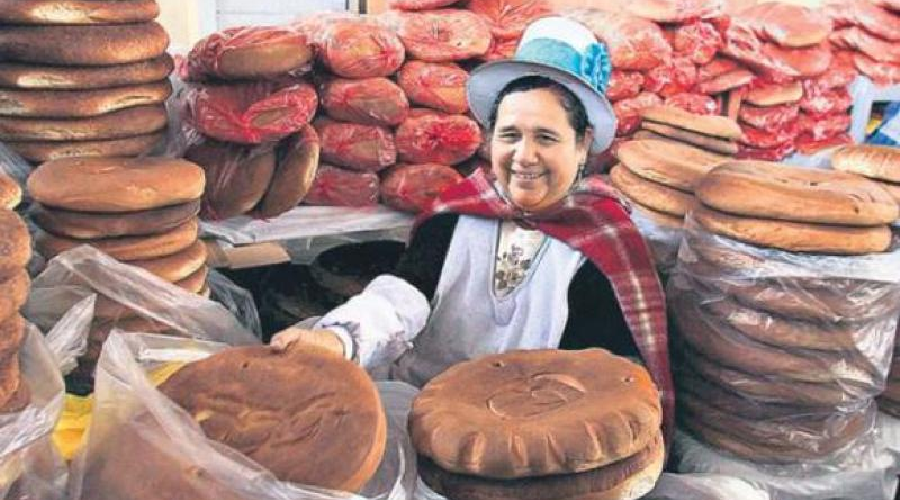
Traveler Tips
- Arrive early: Bread is freshest and you’ll see the baking in action.
- Bring cash: Most bakeries only accept cash.
- Ask about local festivals: October is perfect for the Bread Festival.
- Try different types: Don’t settle for just the classic chuta—sample more.
- Combine your trip: Include Oropesa in your South Valley tour along with Tipón and Pikillacta.
Conclusion
Oropesa Bread is more than a culinary product. It is a living tradition, a cultural expression, and a symbol of the South Valley of Cusco. Every loaf tells a story of heritage, craftsmanship, and pride.
Don’t miss the opportunity to taste this iconic bread where it was born. Visit Oropesa and take a true bite of Cusco’s identity.
Book your visit to Oropesa and taste the real bread of Cusco →


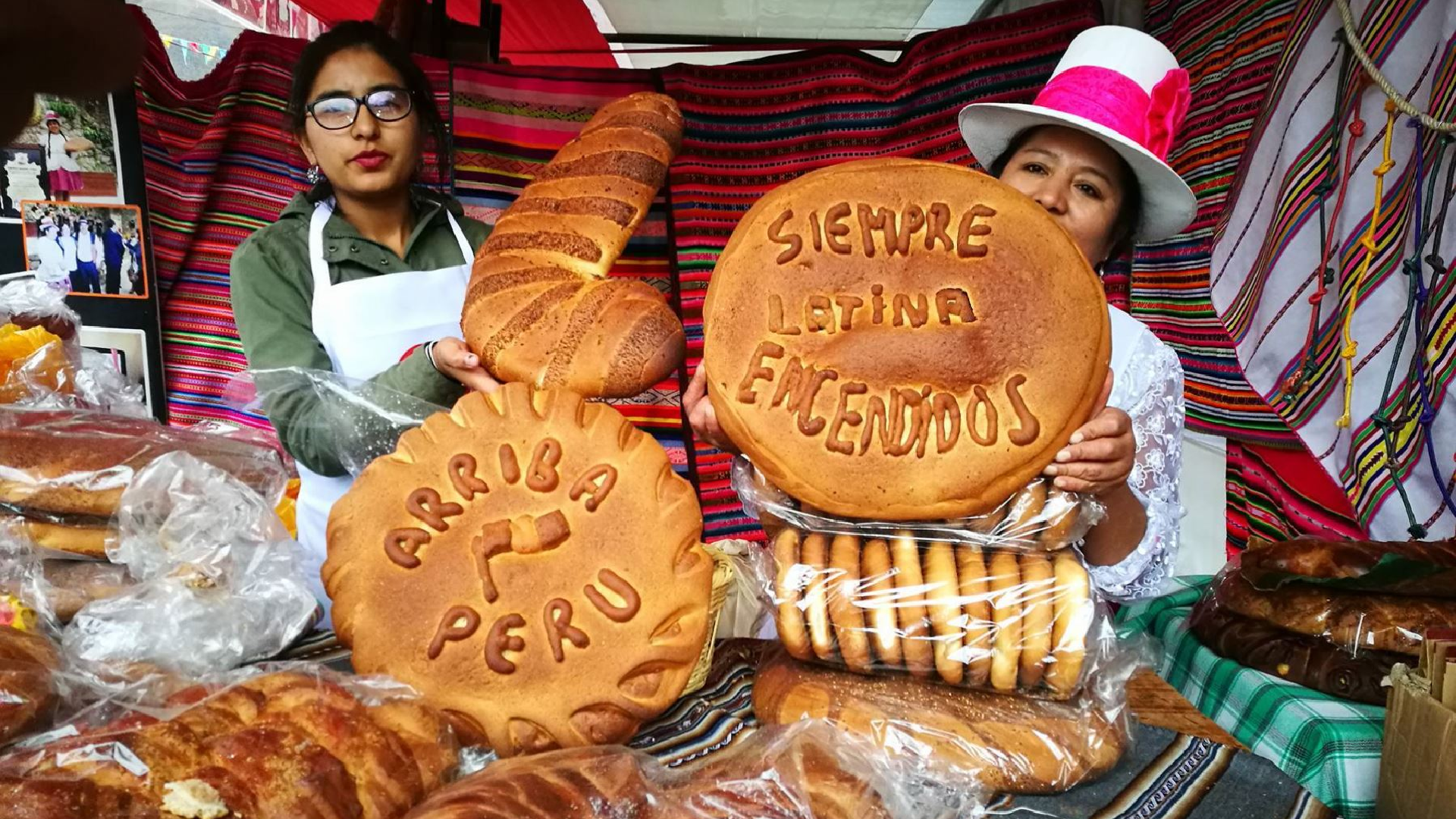


 Recogida: Desde su hotel en Cusco.
Recogida: Desde su hotel en Cusco. Tour Valle Sagrado: Visita a Chinchero, Maras, Moray y Ollantaytambo (06:20 AM – 4:30 PM).
Tour Valle Sagrado: Visita a Chinchero, Maras, Moray y Ollantaytambo (06:20 AM – 4:30 PM). Viaje en tren: De Ollantaytambo a Aguas Calientes (Duración: 2 horas).
Viaje en tren: De Ollantaytambo a Aguas Calientes (Duración: 2 horas). Noche de alojamiento: En Aguas Calientes (Machu Picchu). Descubre lo mejor del […]
Noche de alojamiento: En Aguas Calientes (Machu Picchu). Descubre lo mejor del […]


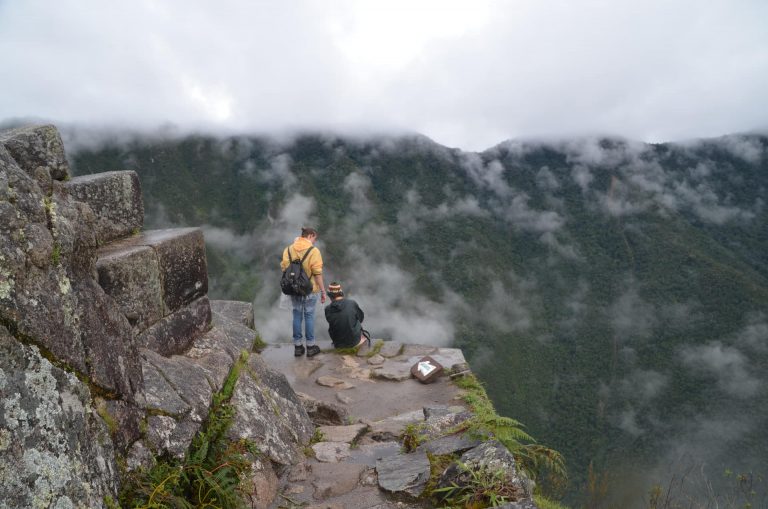
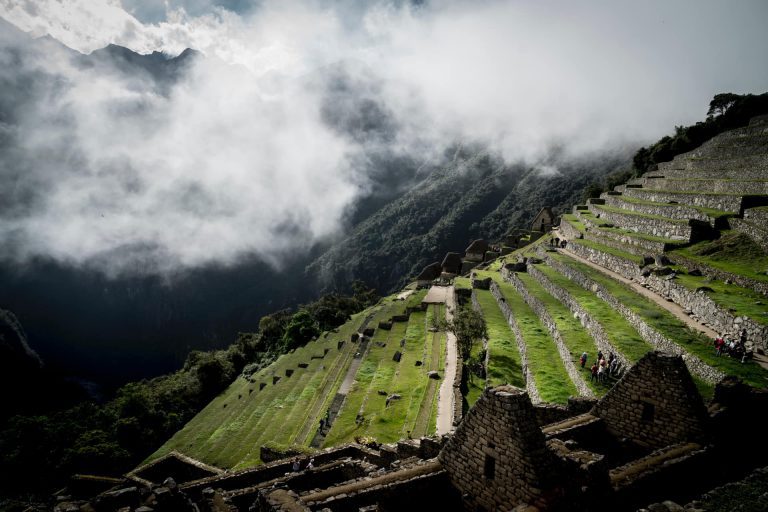

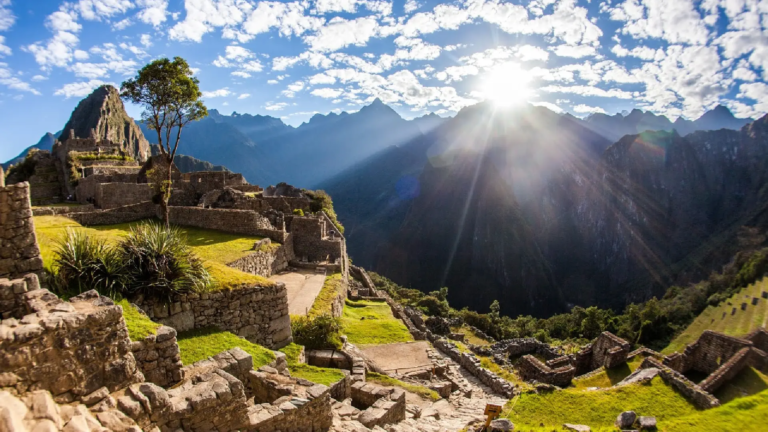
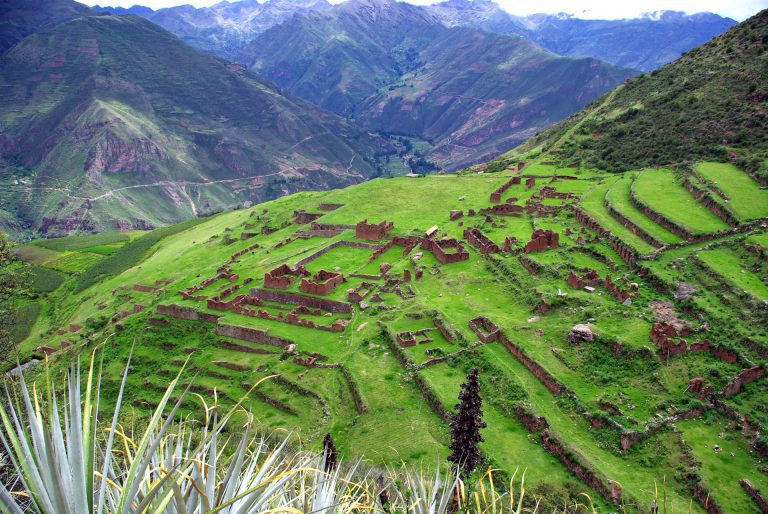
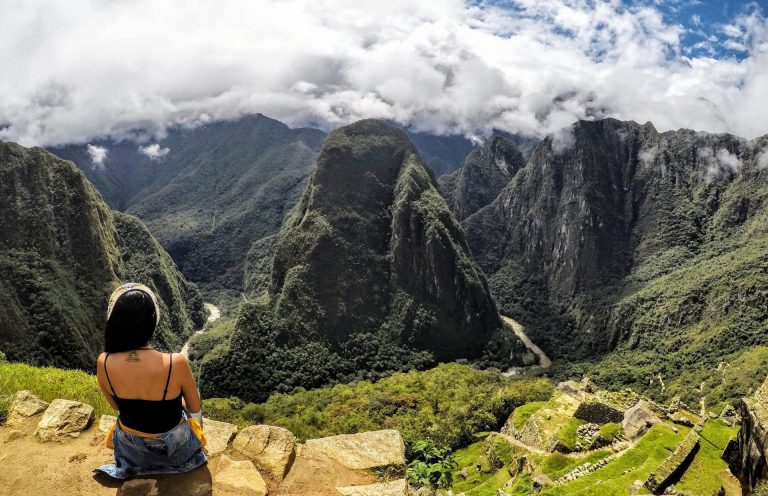
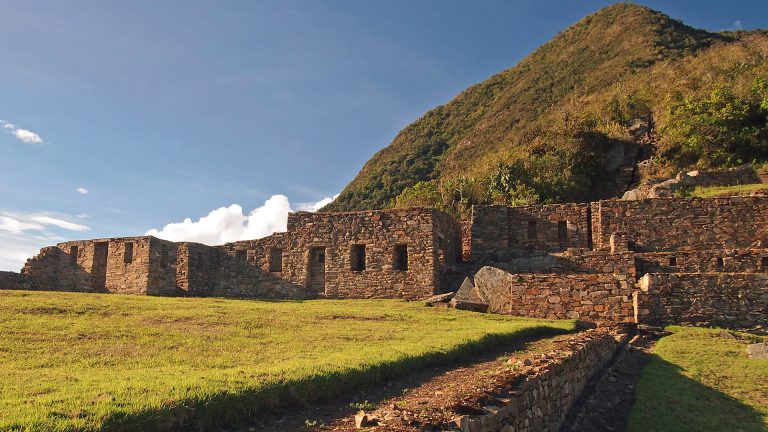
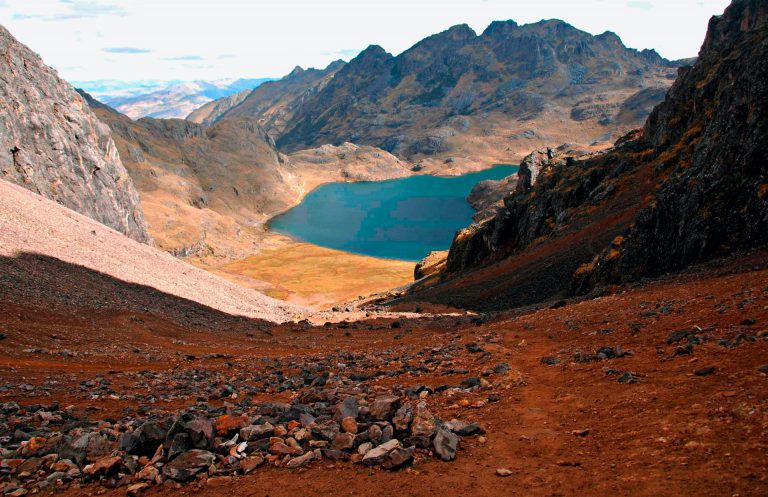
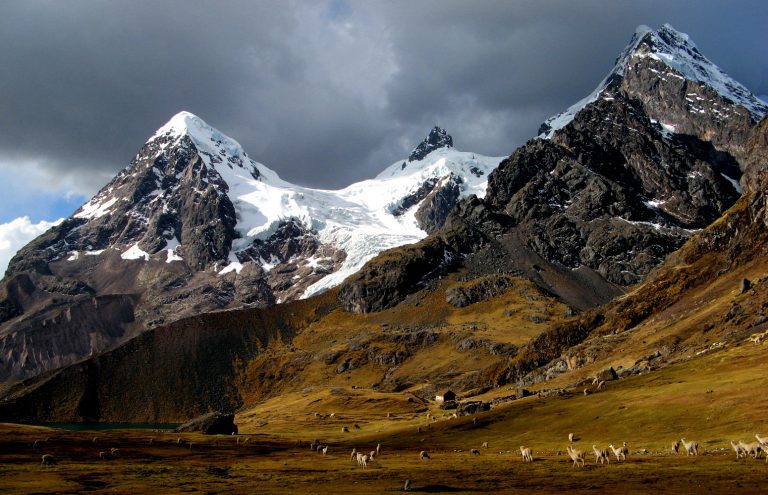
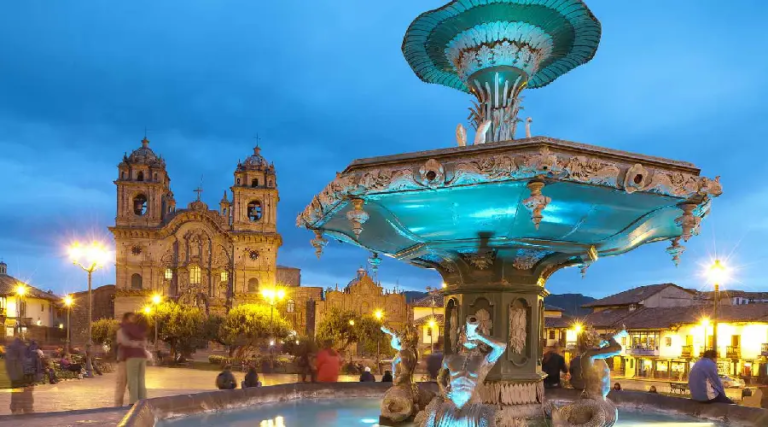
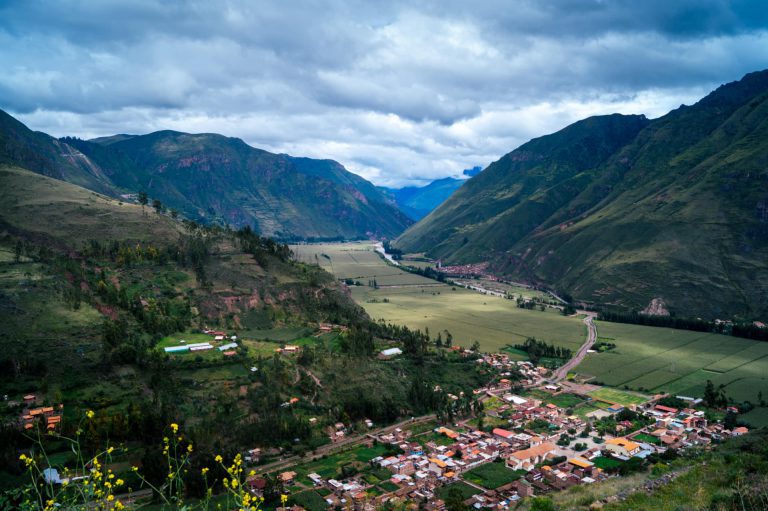
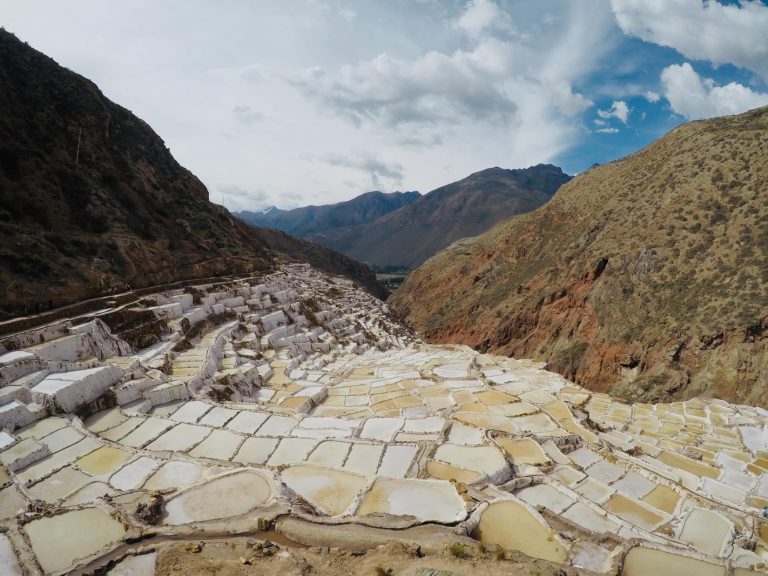
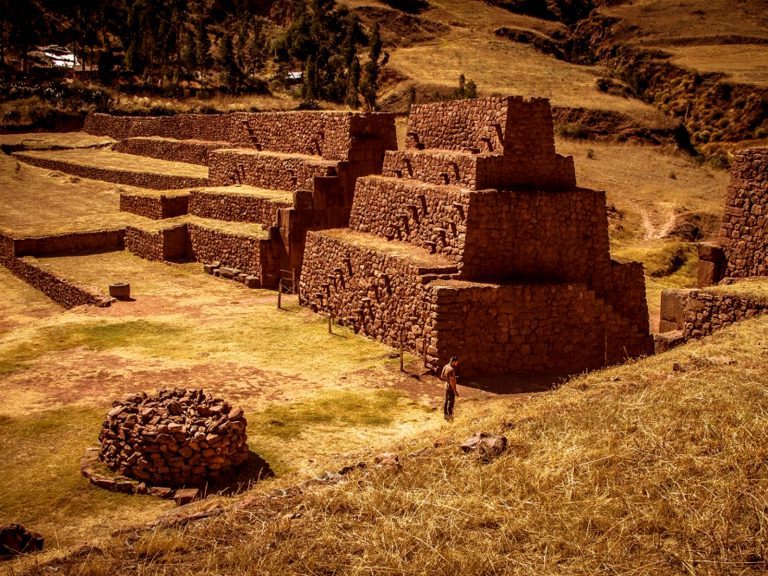
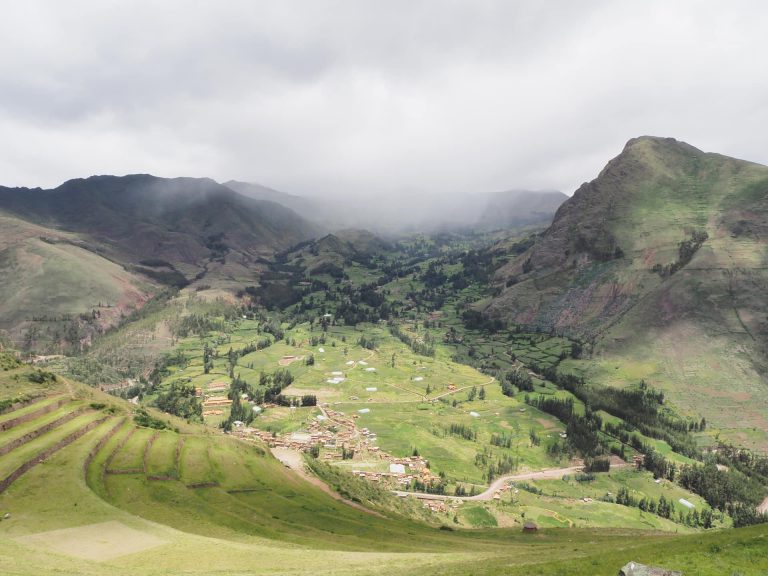


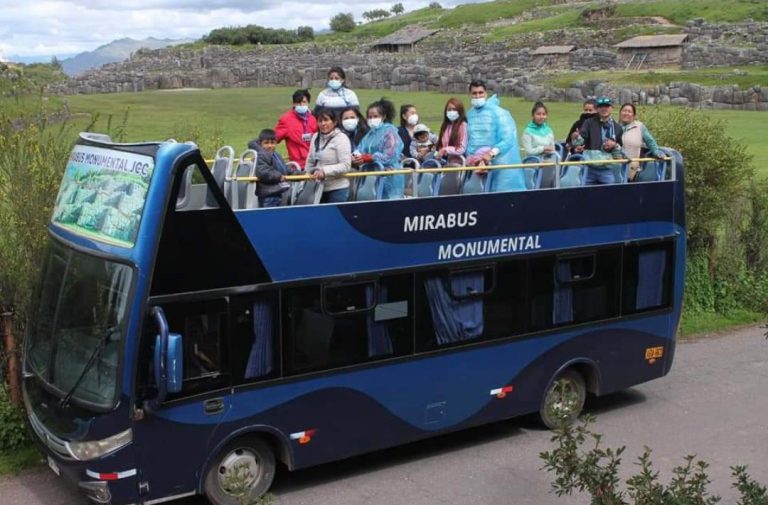
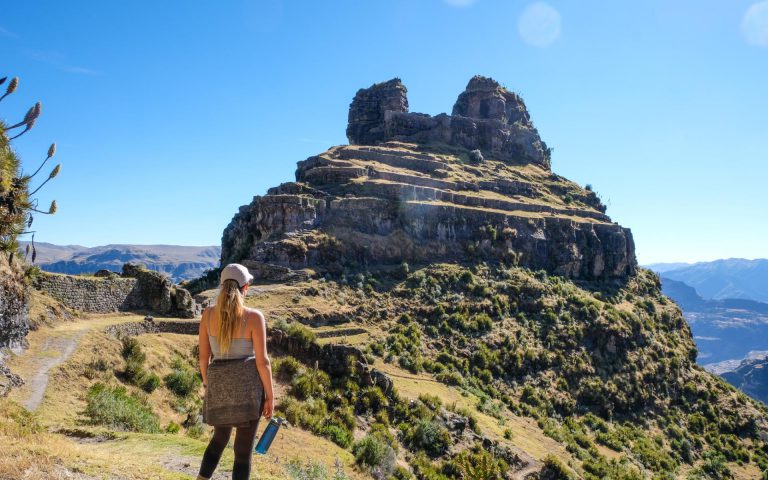
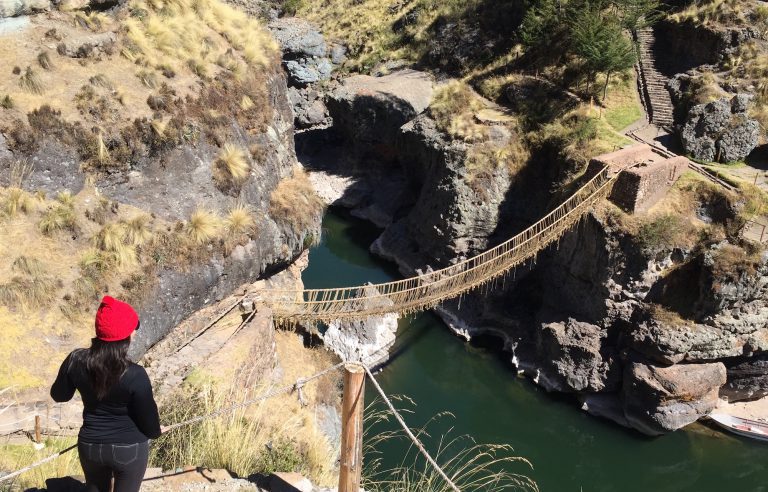
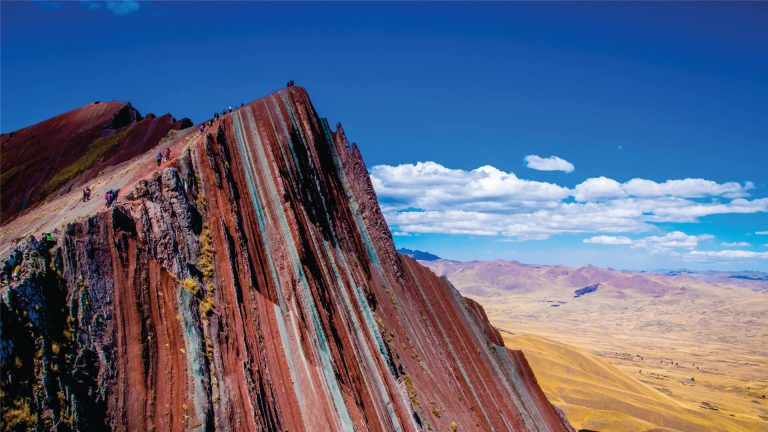

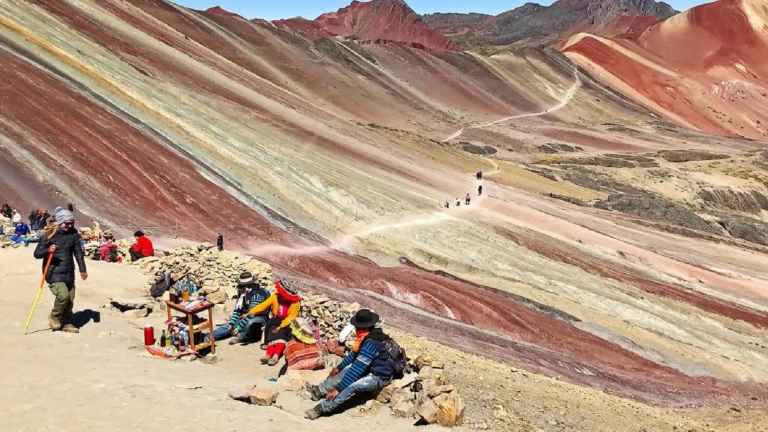
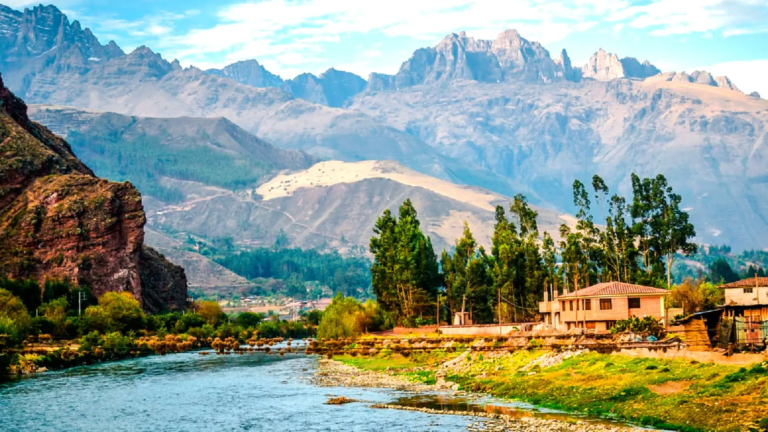
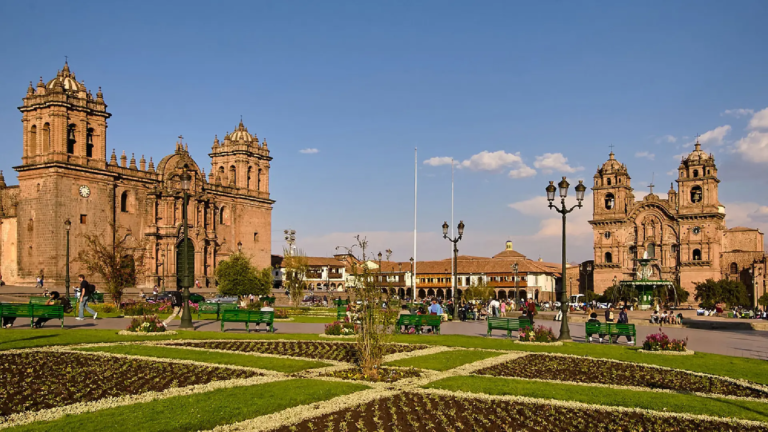
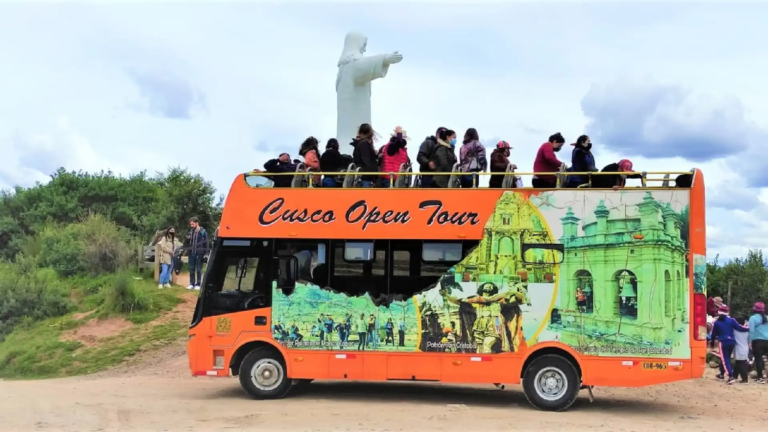

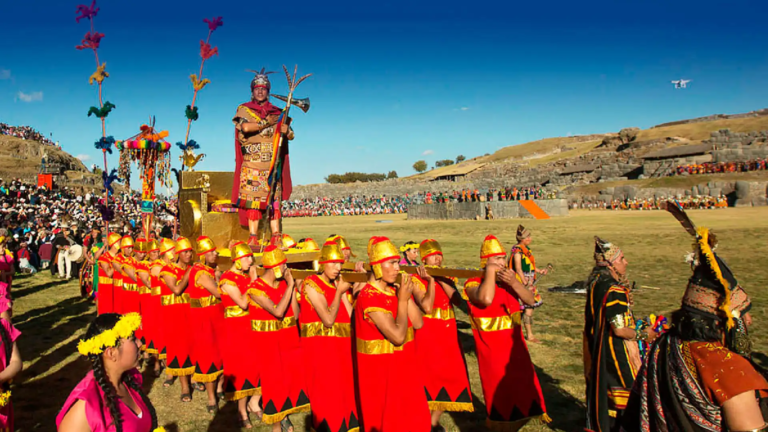
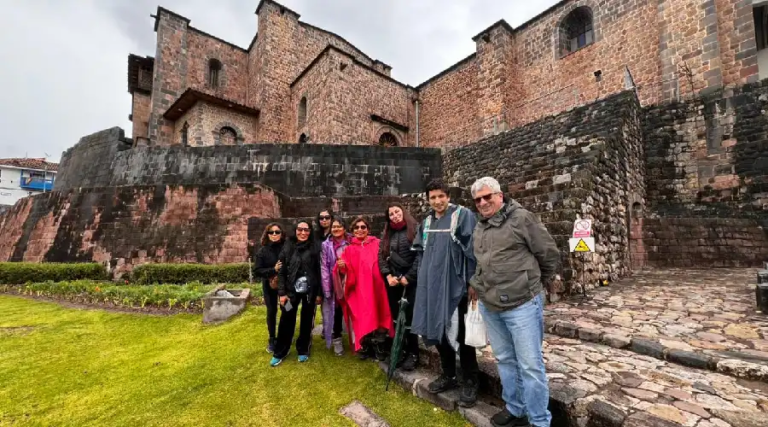
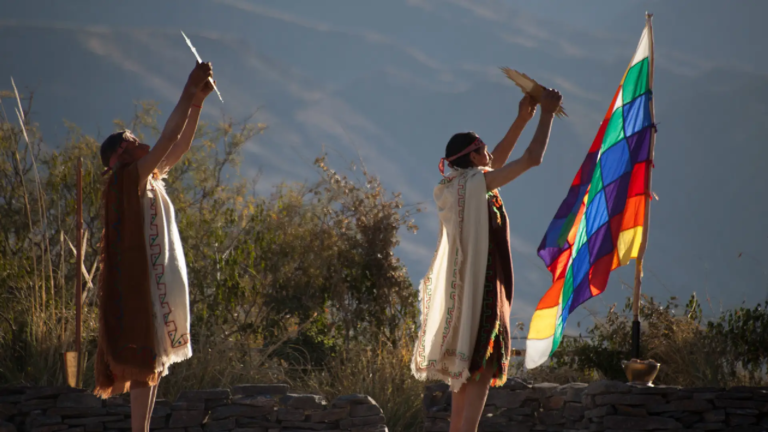
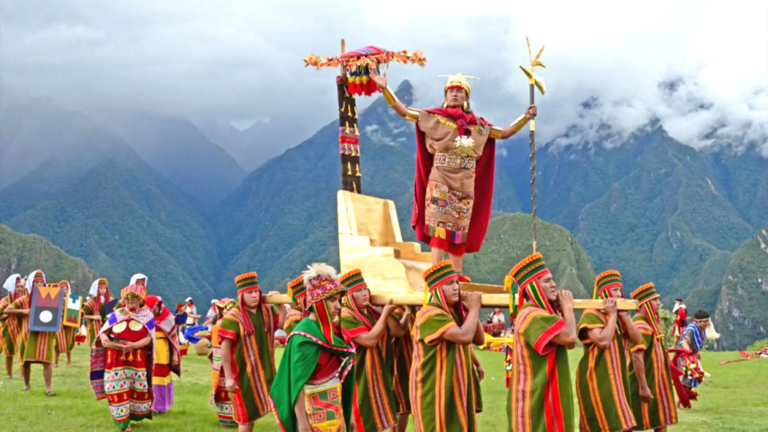
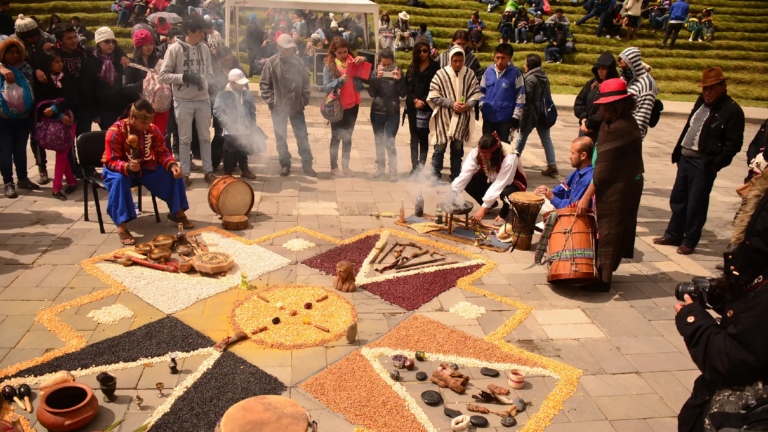
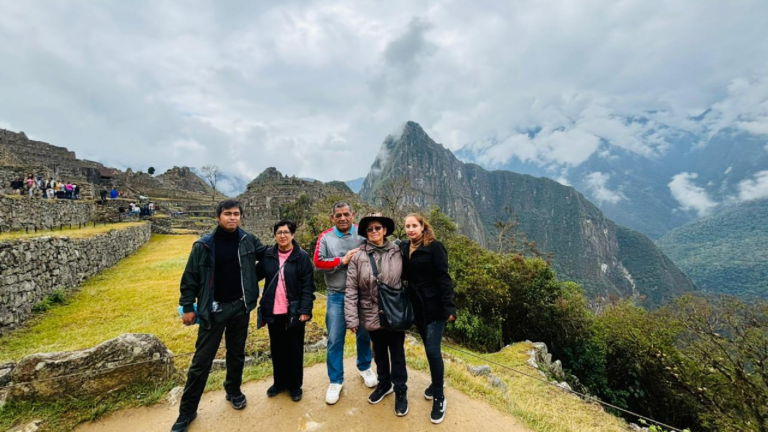
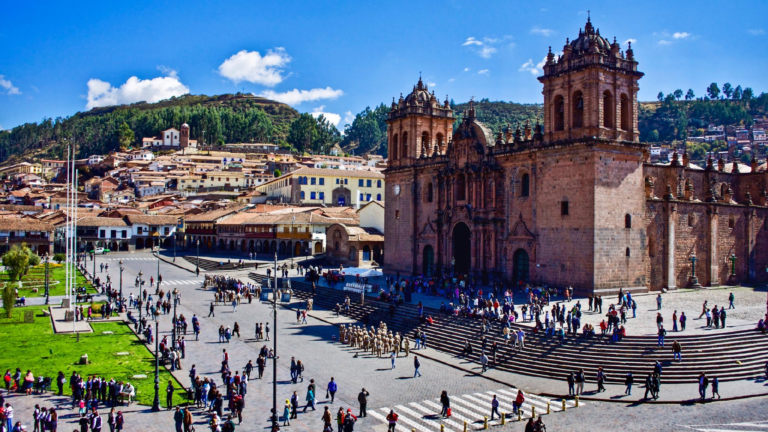
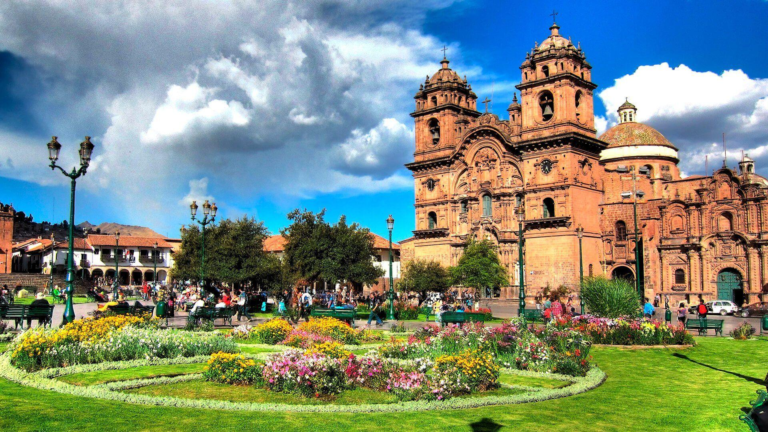
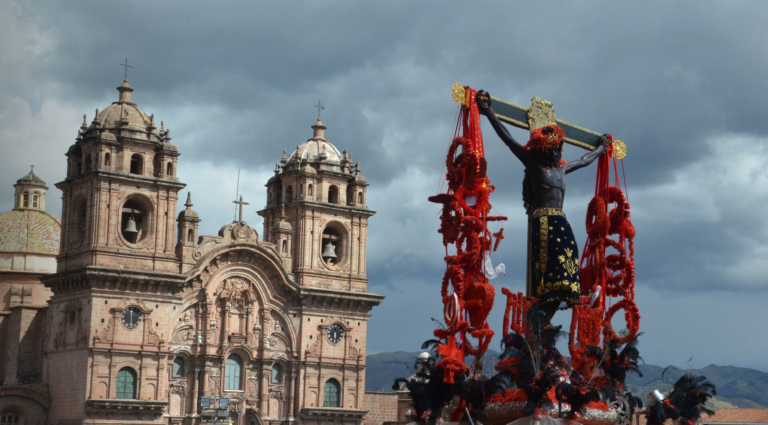

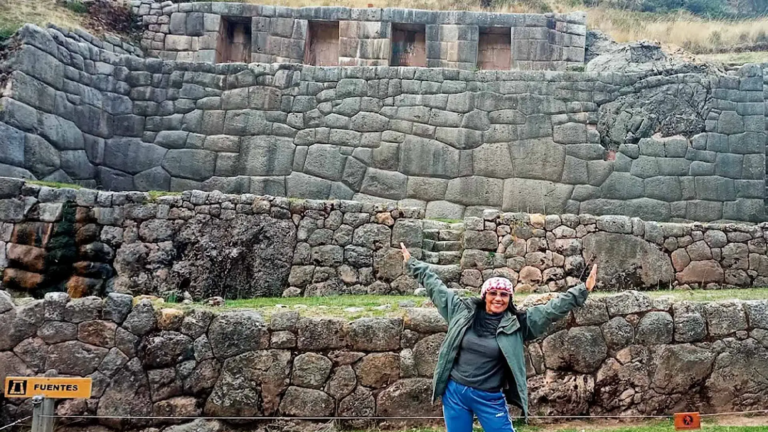
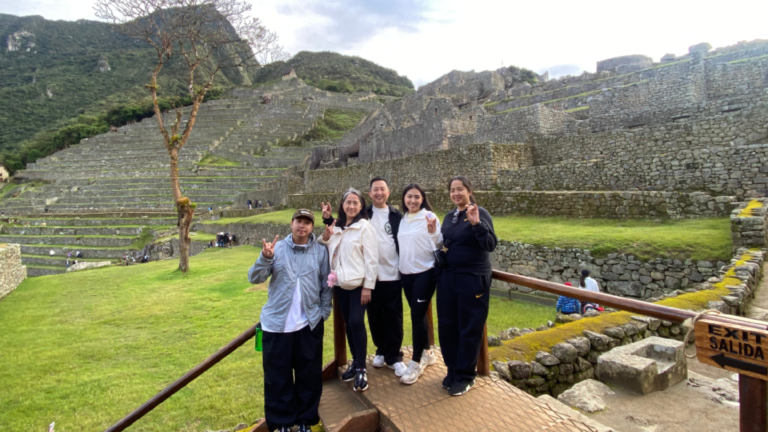
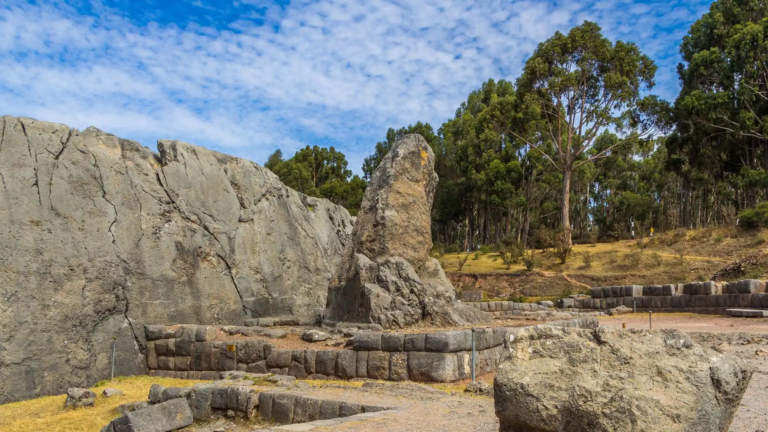
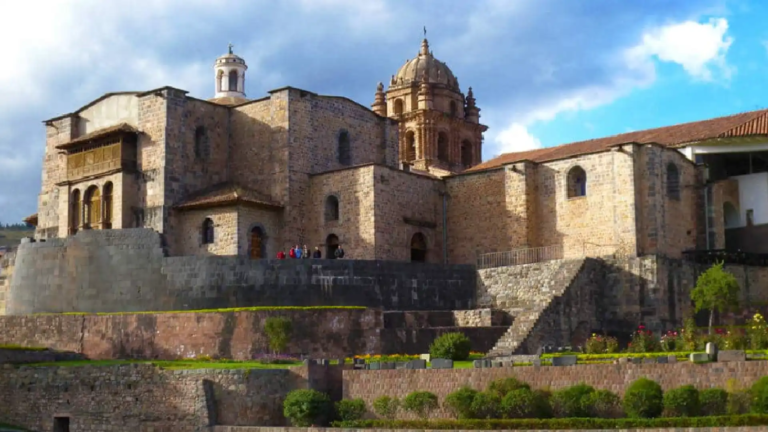
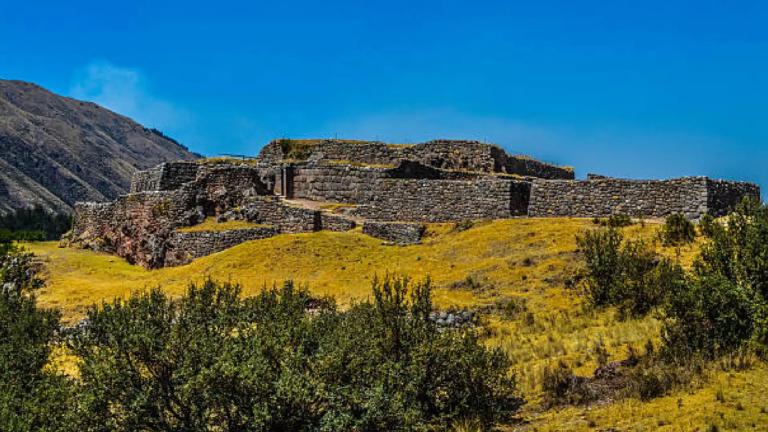
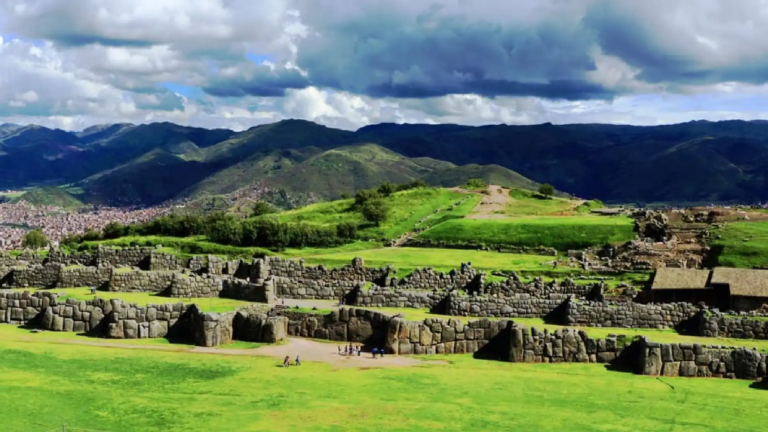
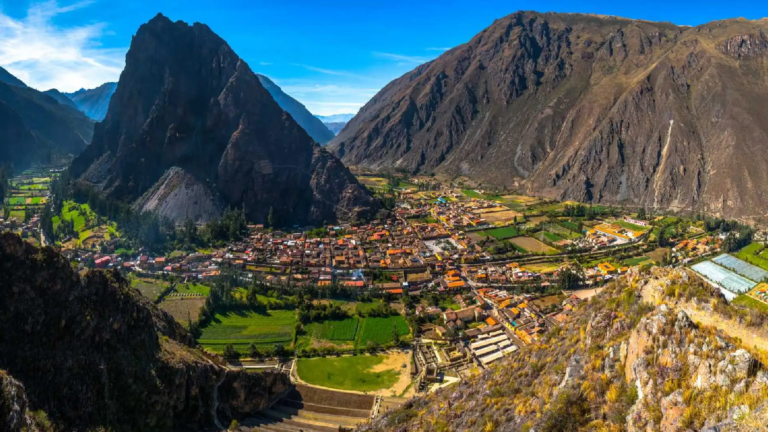
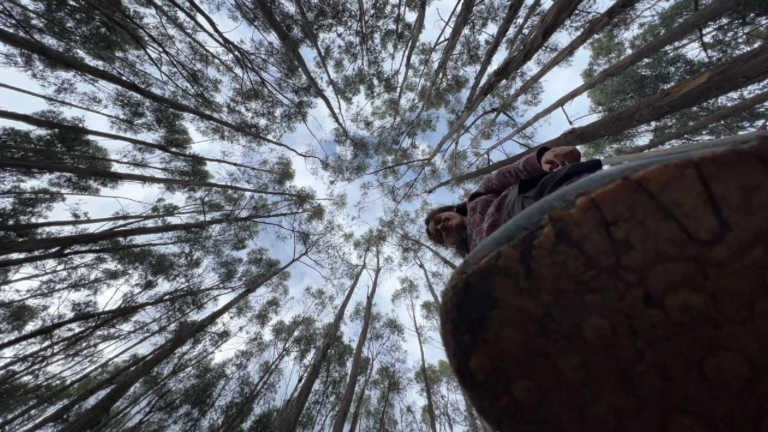

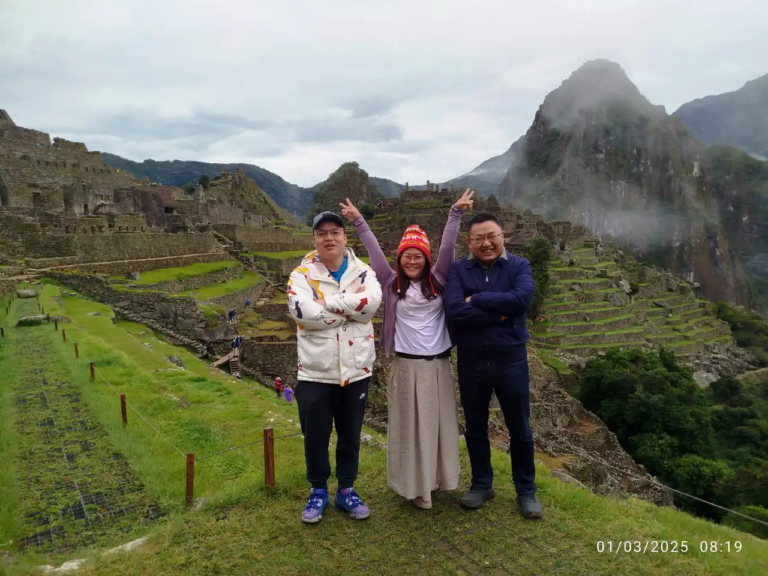
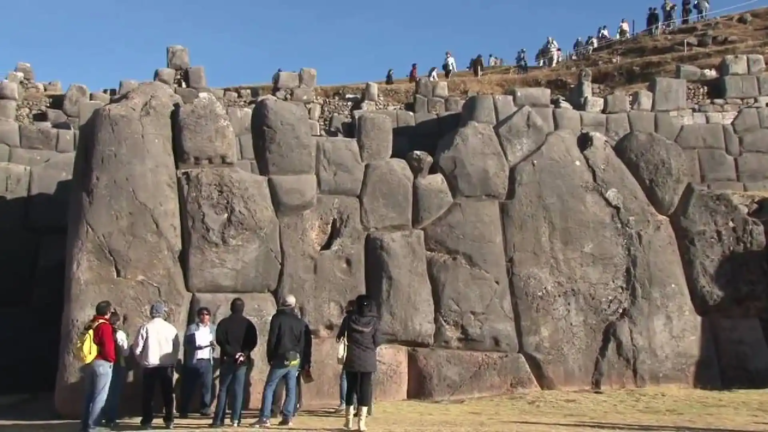
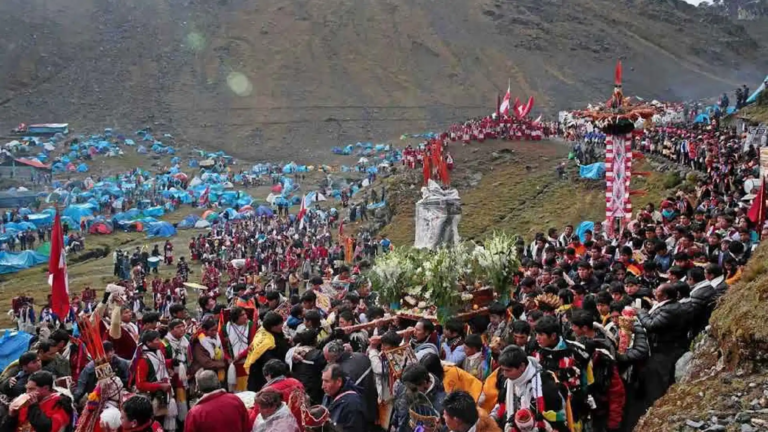
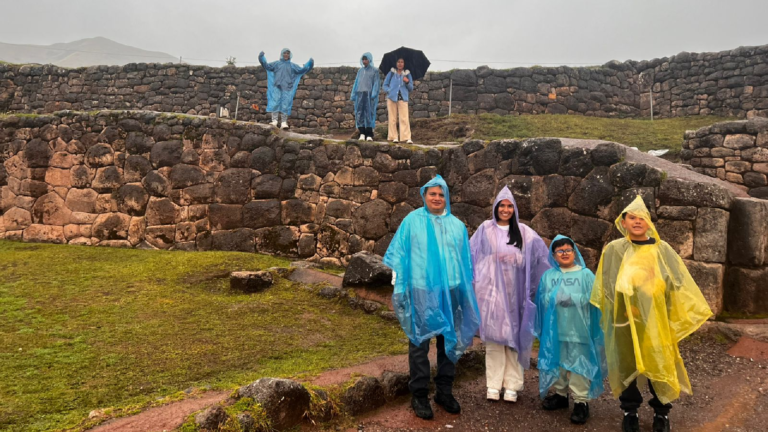
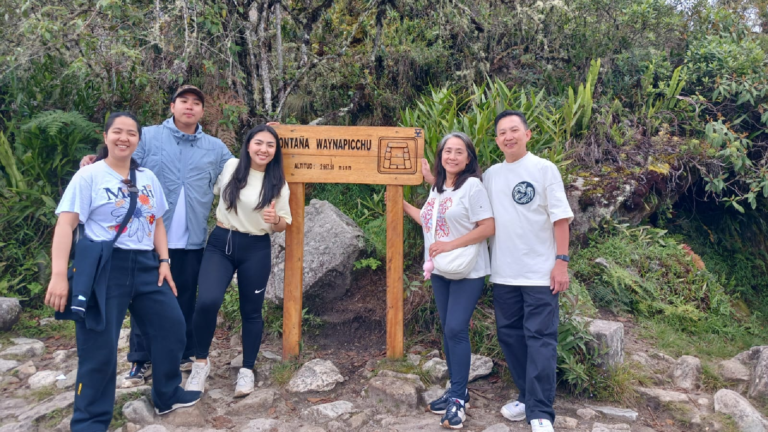
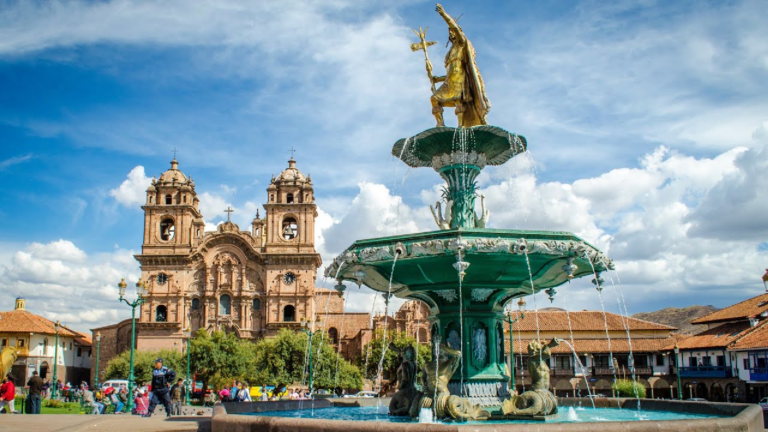
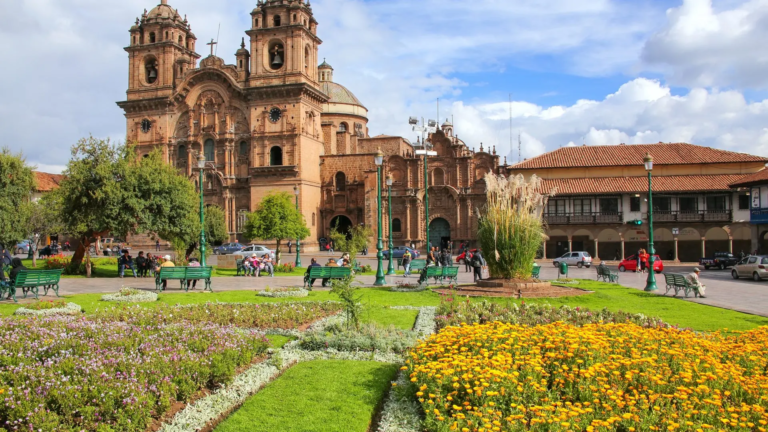
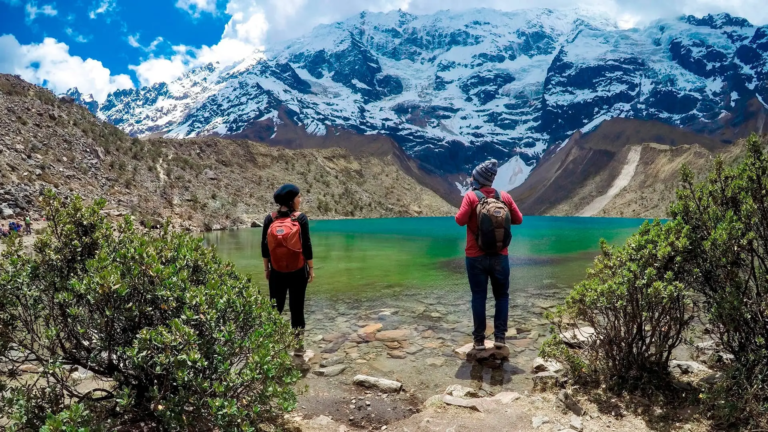
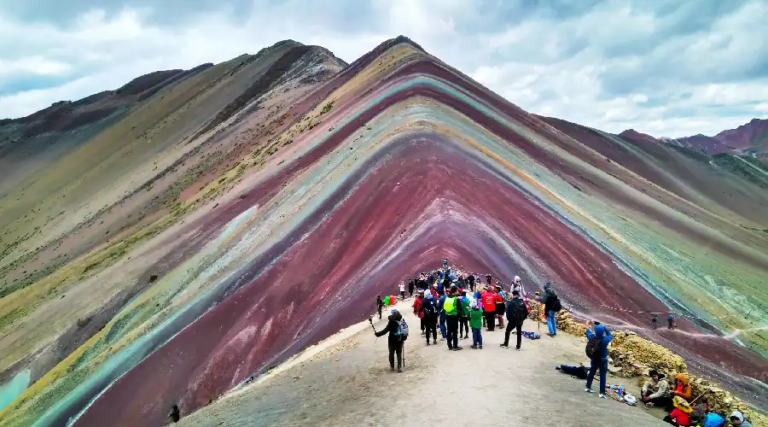
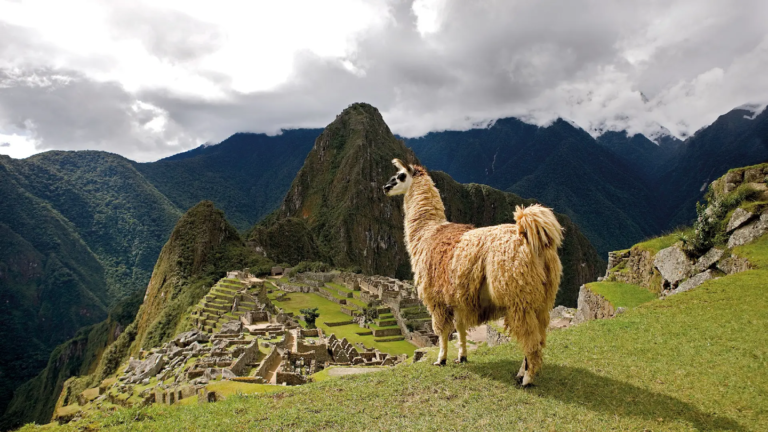
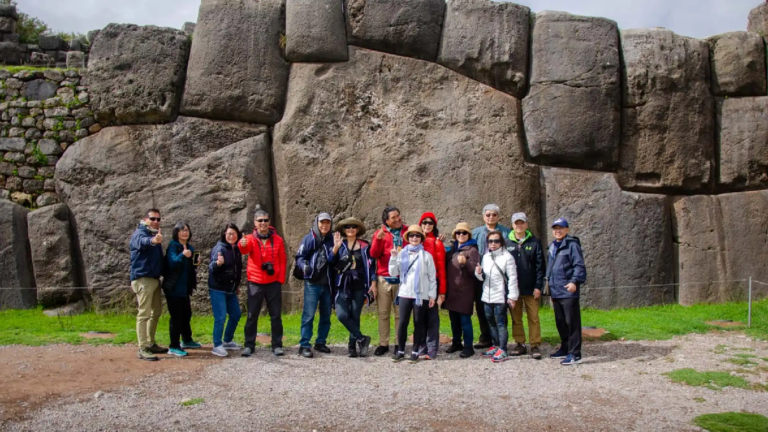
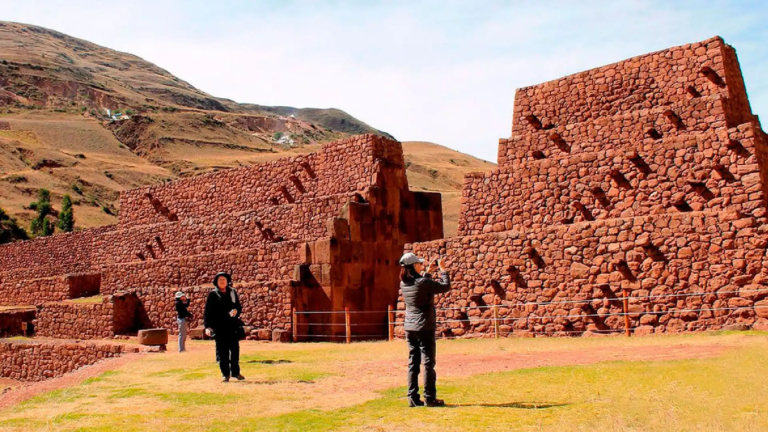
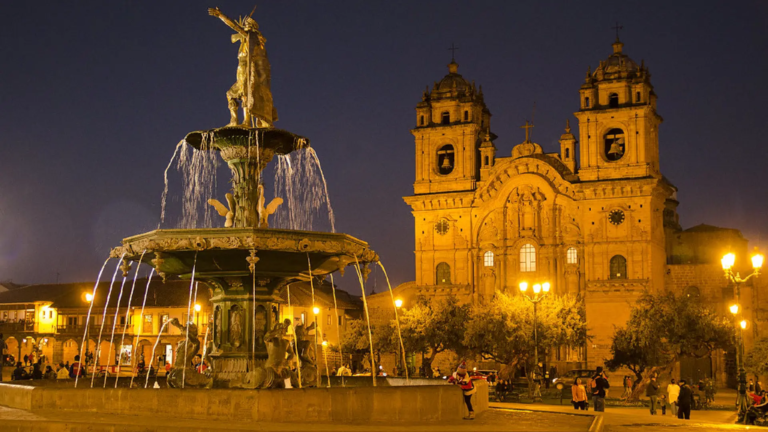
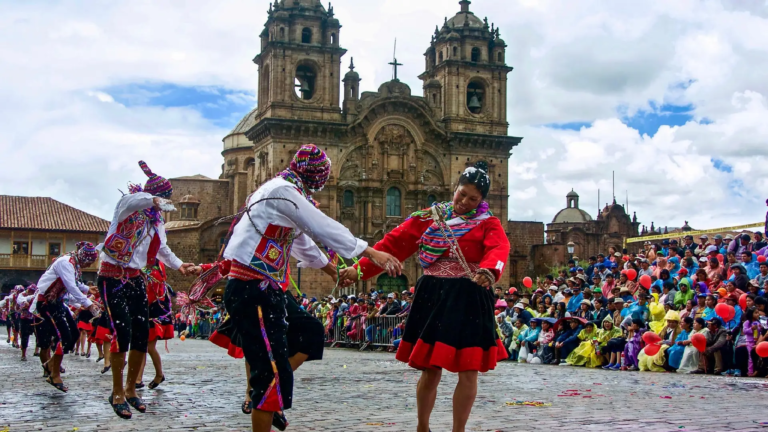
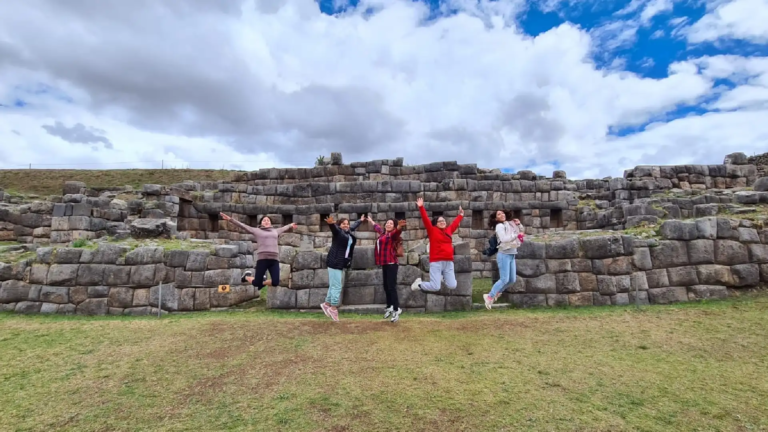
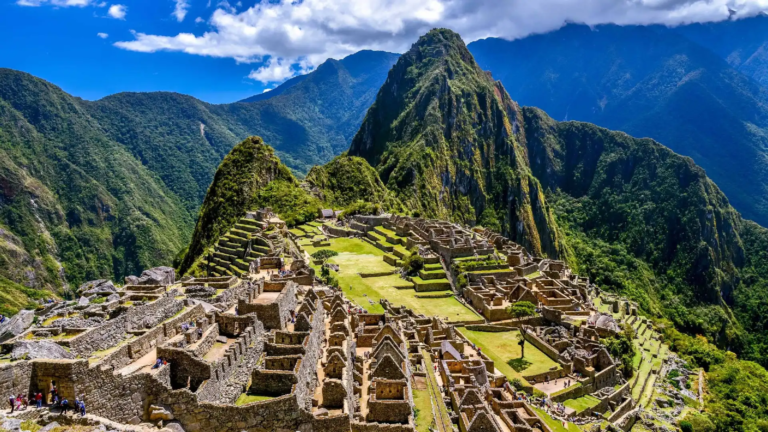
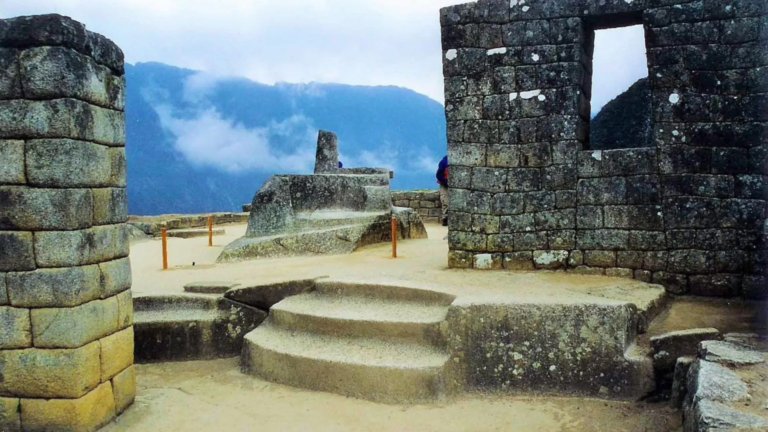

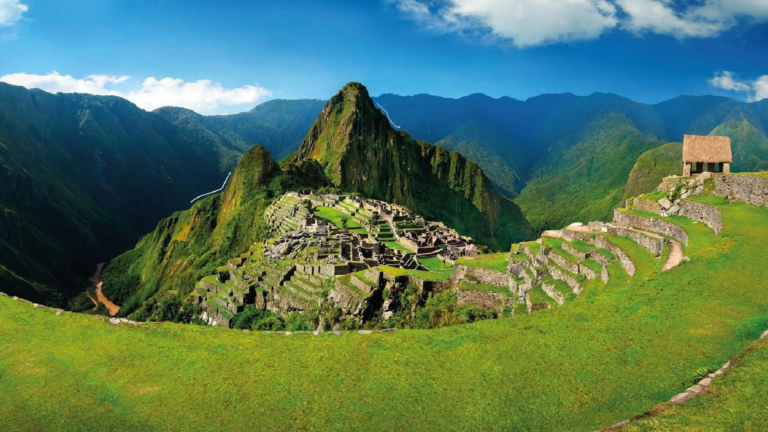
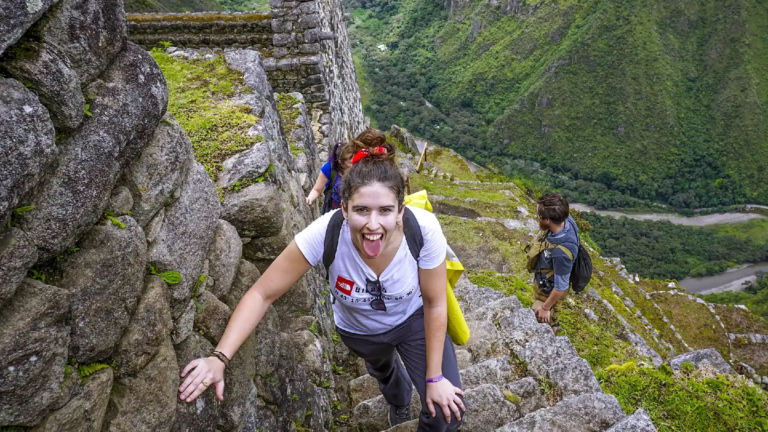
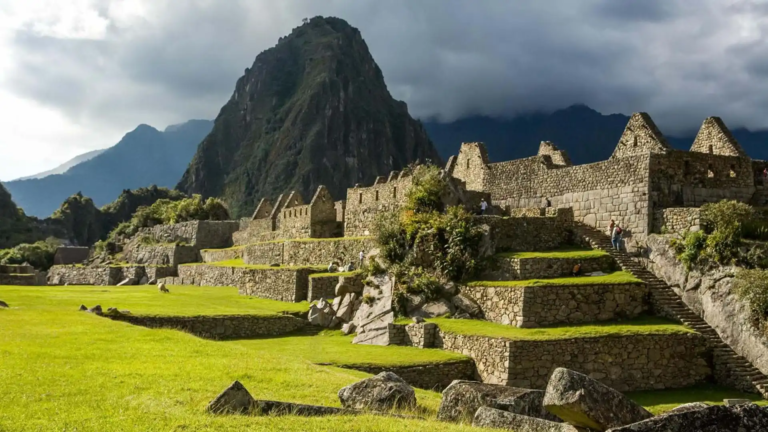
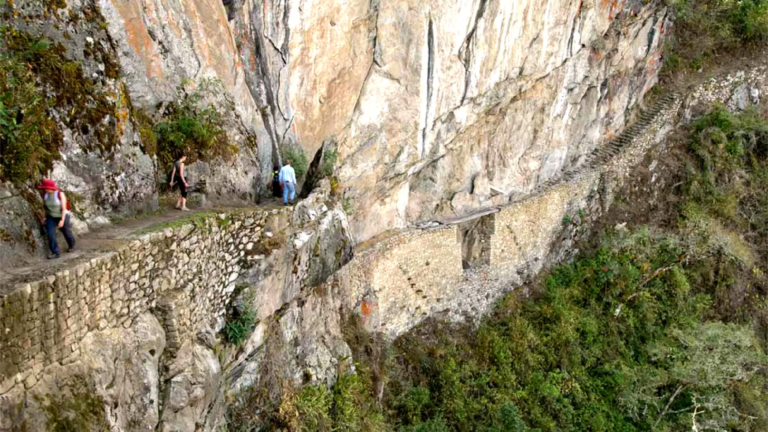

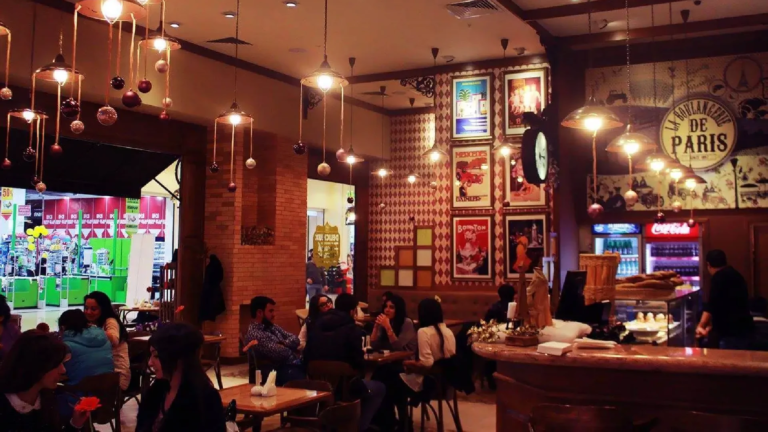
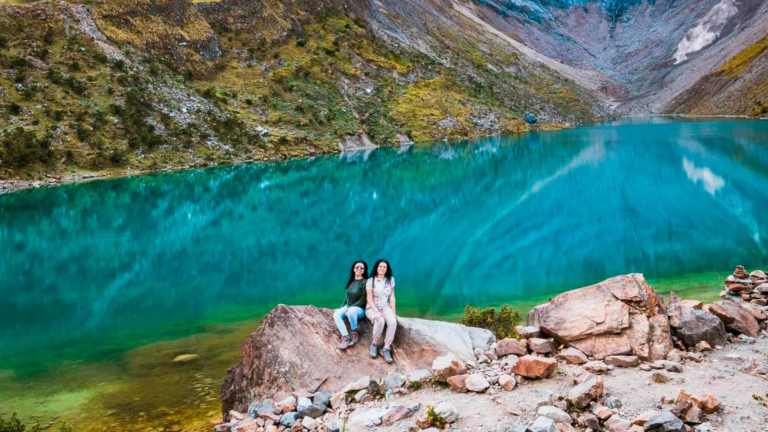
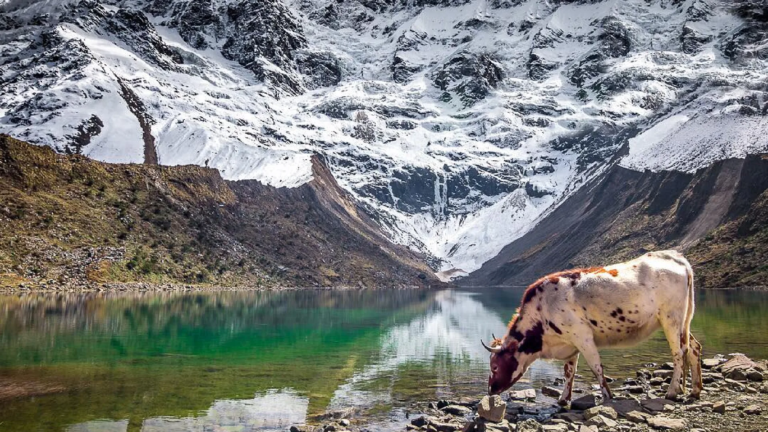
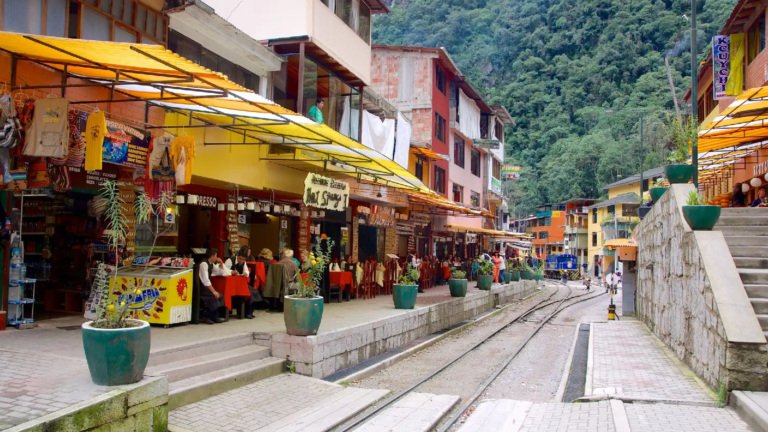

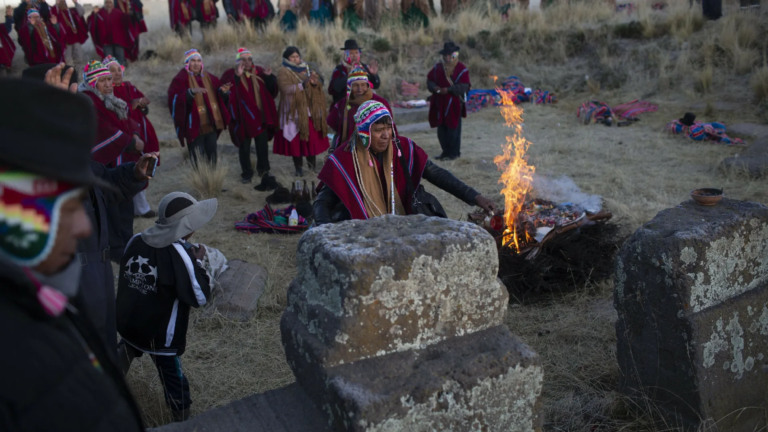
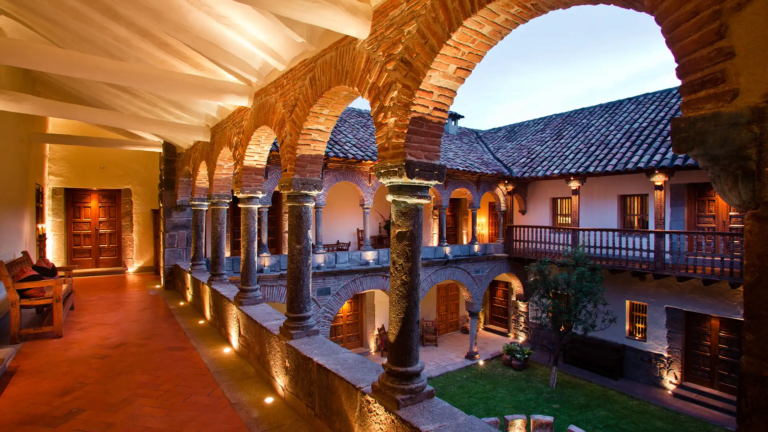

![Machupicchuhahatrips - Nevado Ausangate: Guía Completa del Trekking Sagrado y Montaña de 7 Colores [2025]](https://hahatrips.com/wp-content/uploads/2025/05/nevado-ausugante-768x432.webp)
![Machupicchuhahatrips - Montaña Roja Perú: Guía Completa del Trekking a Vinicunca [2025]](https://hahatrips.com/wp-content/uploads/2025/05/montana-roja-768x432.webp)
